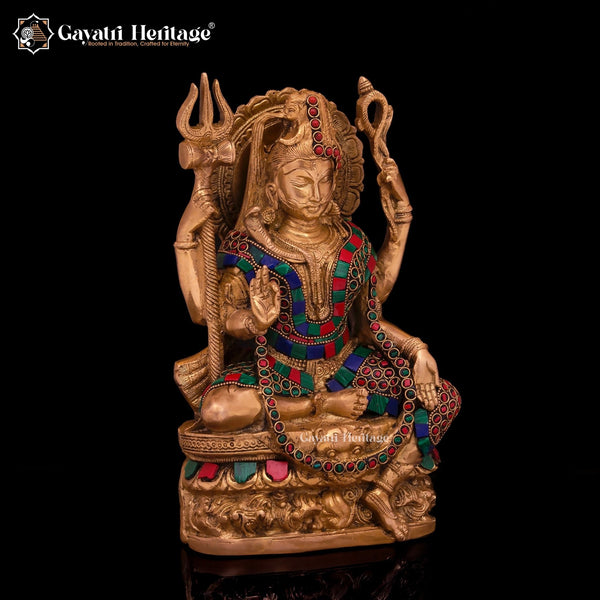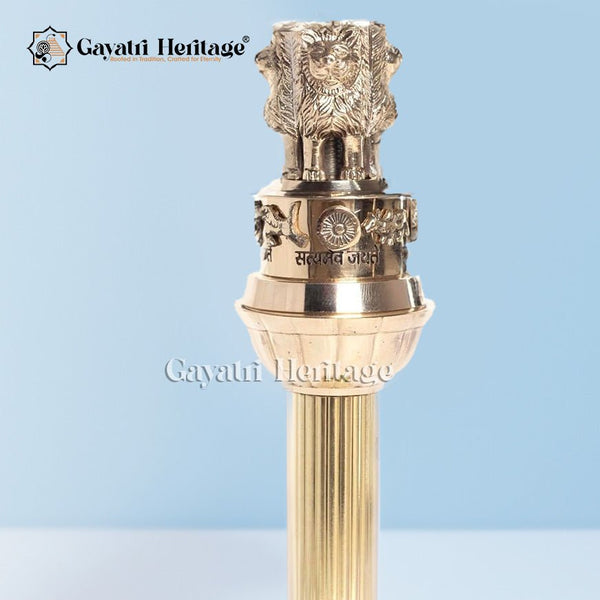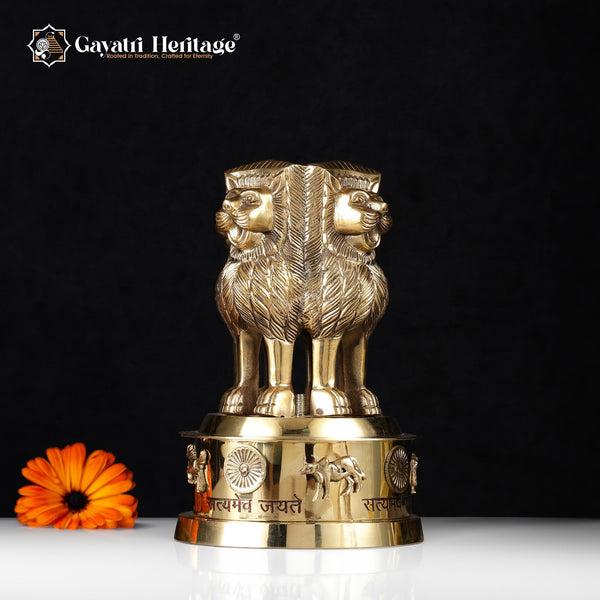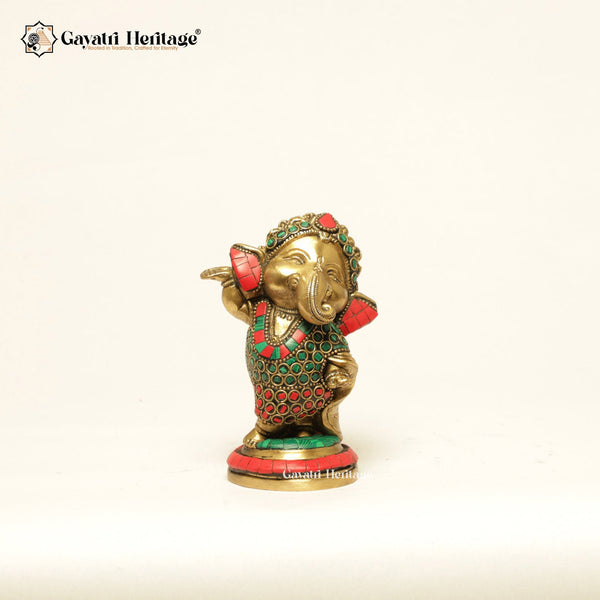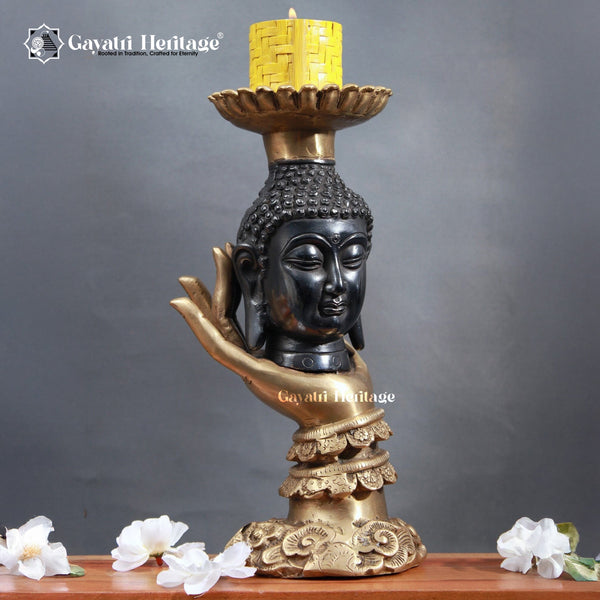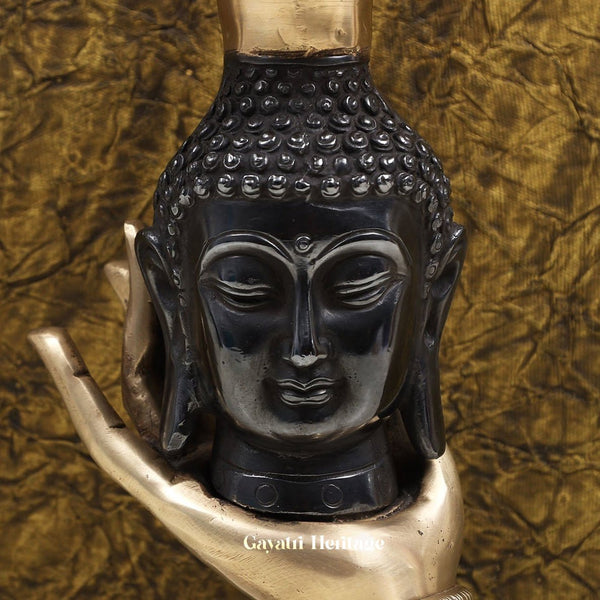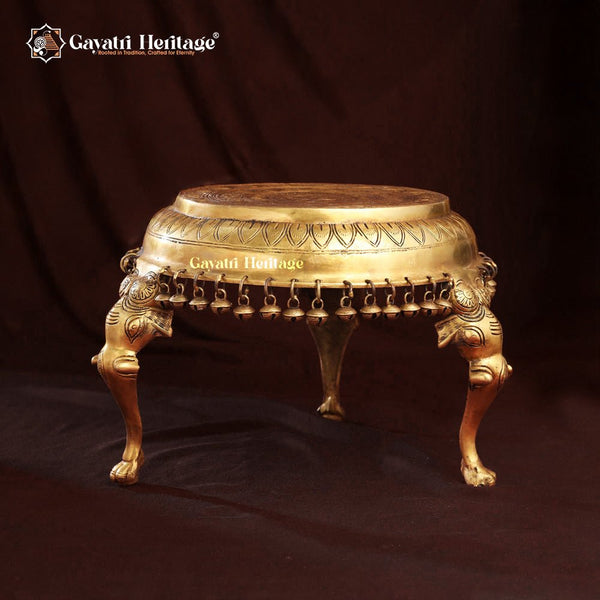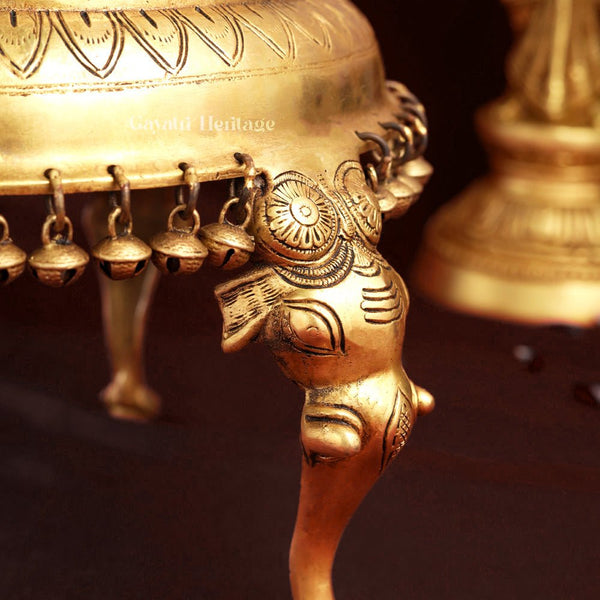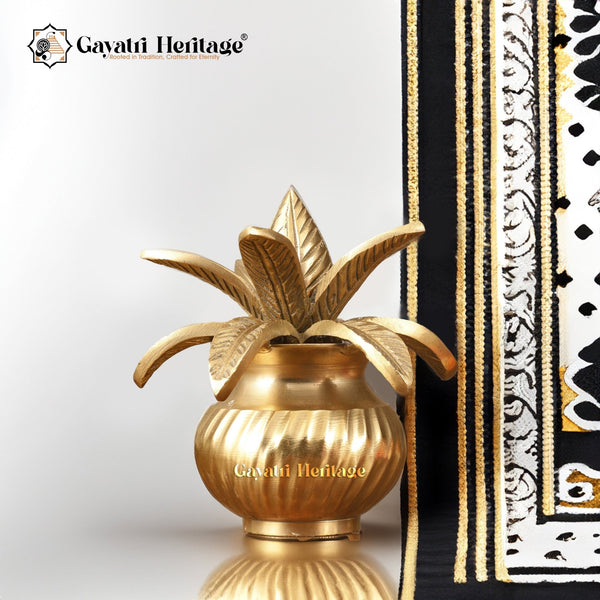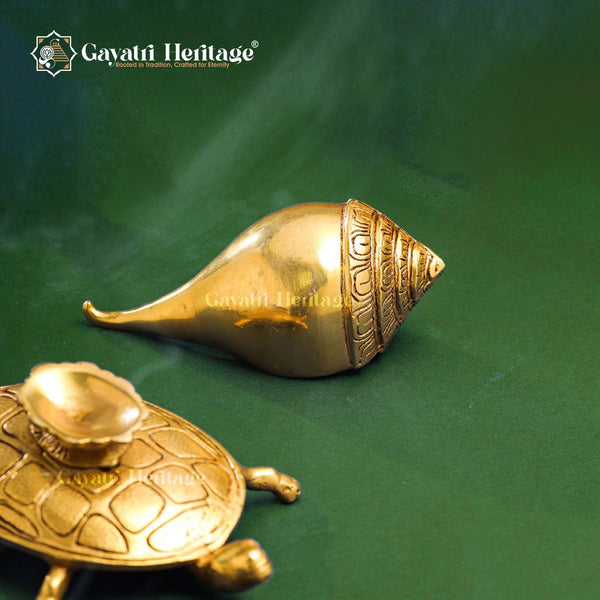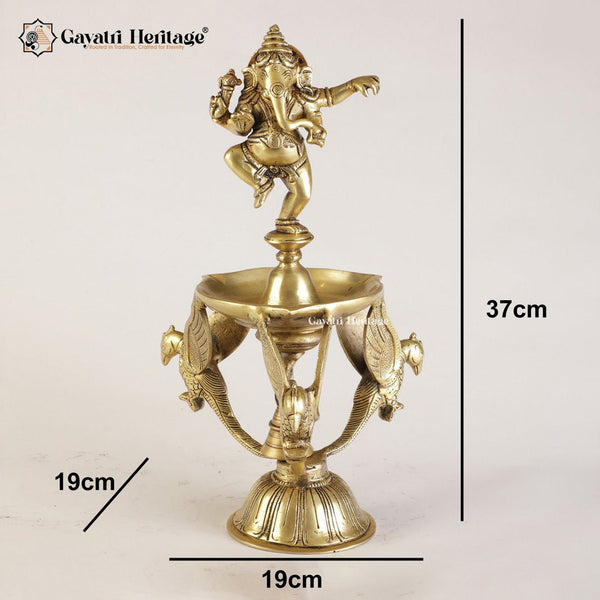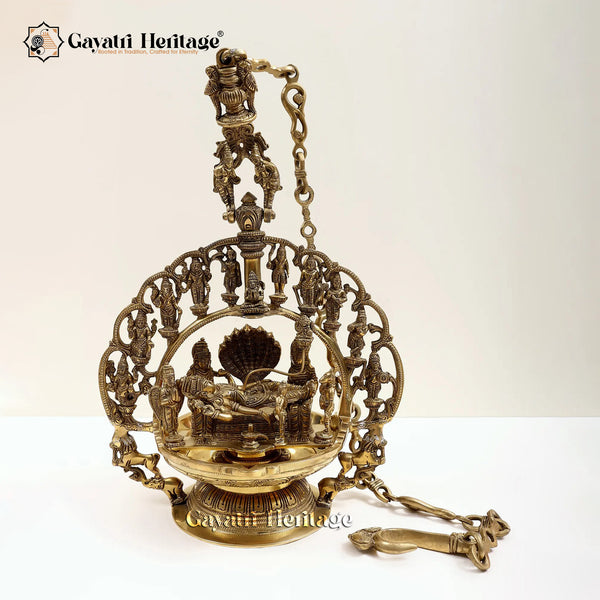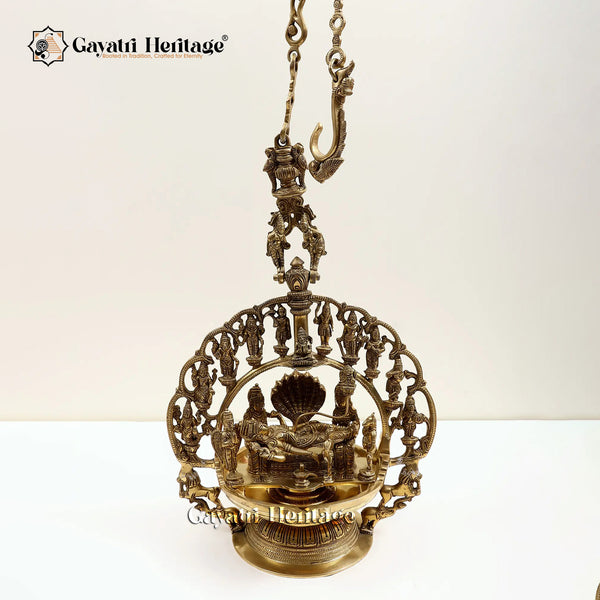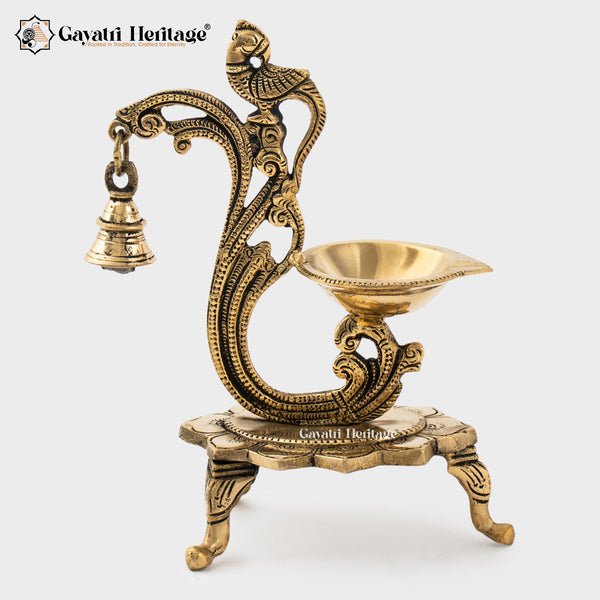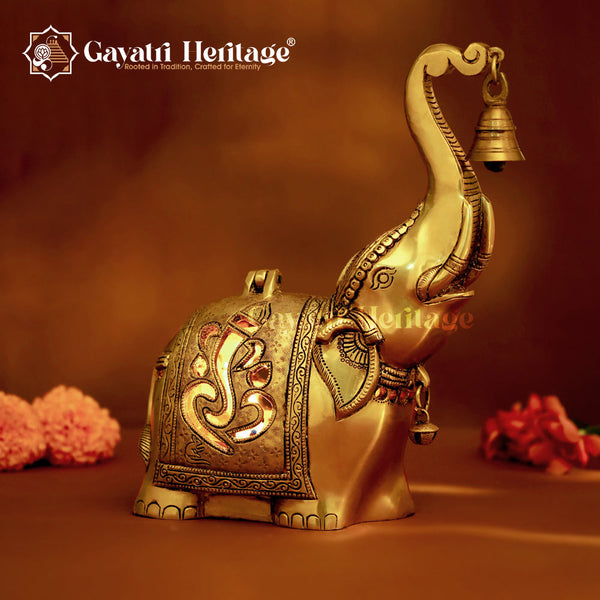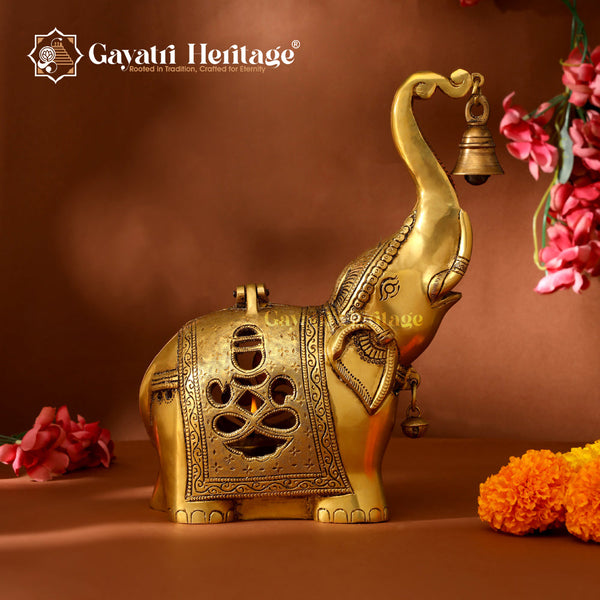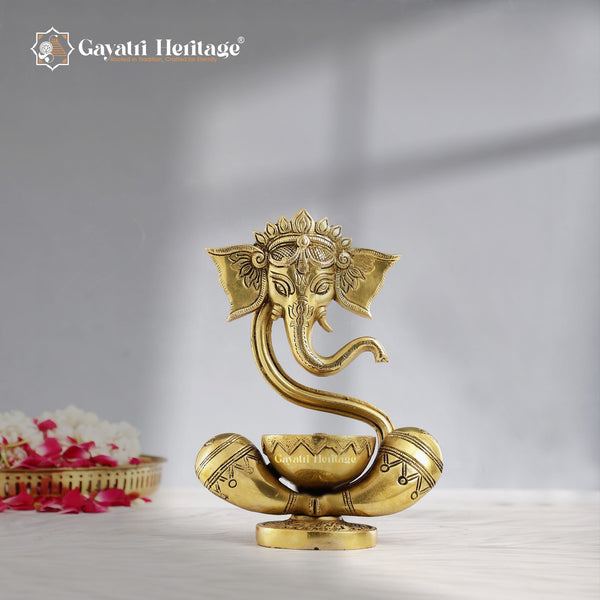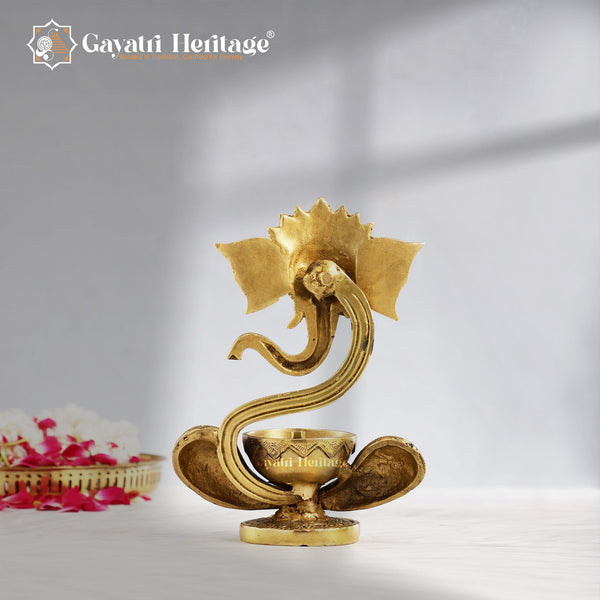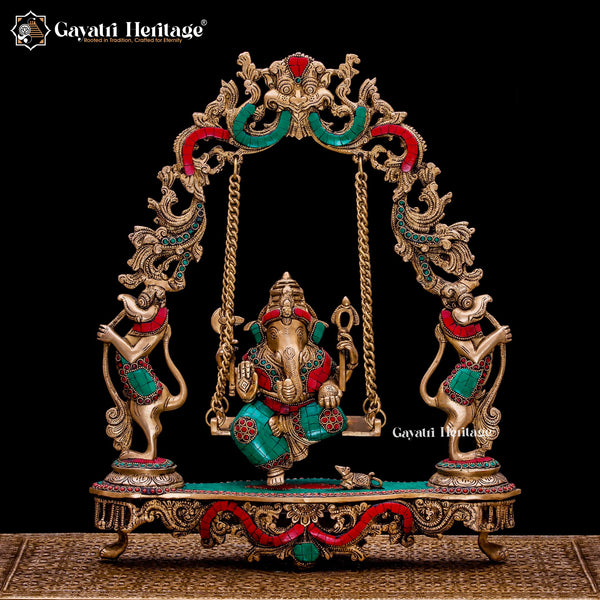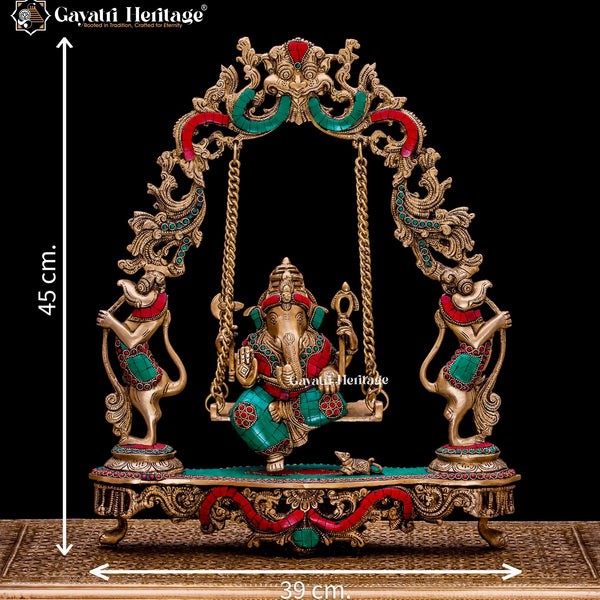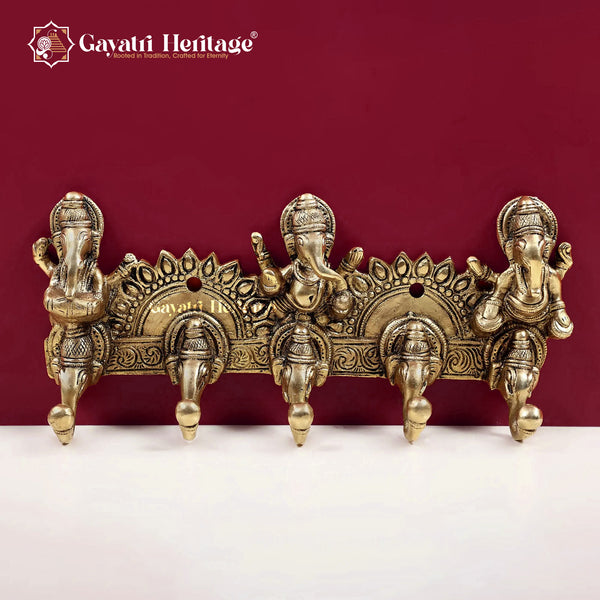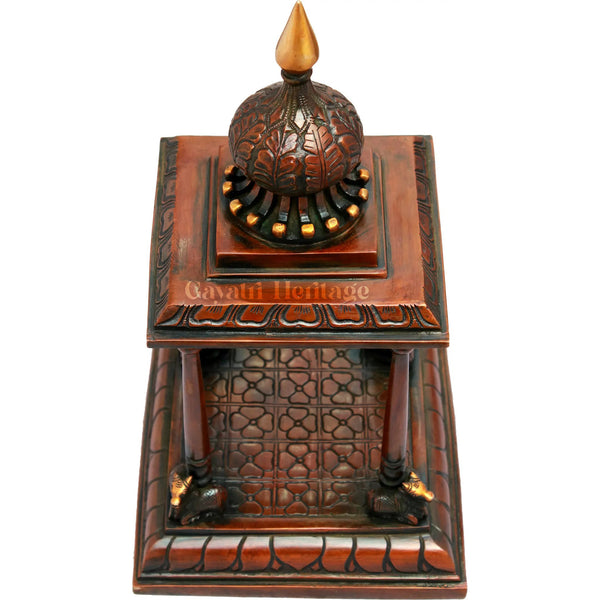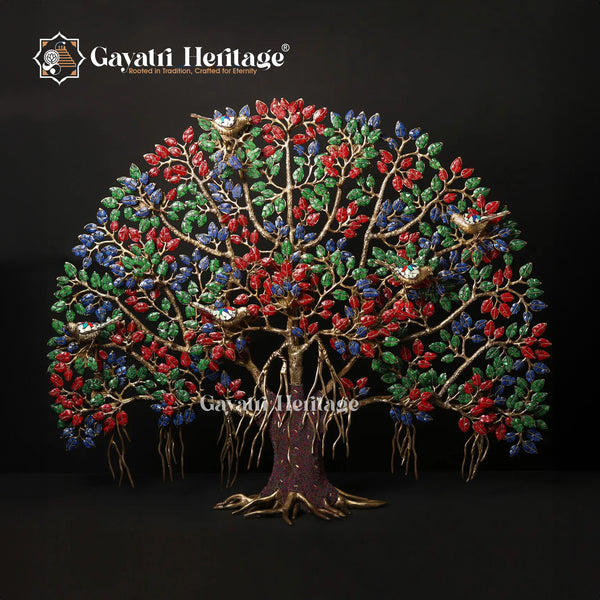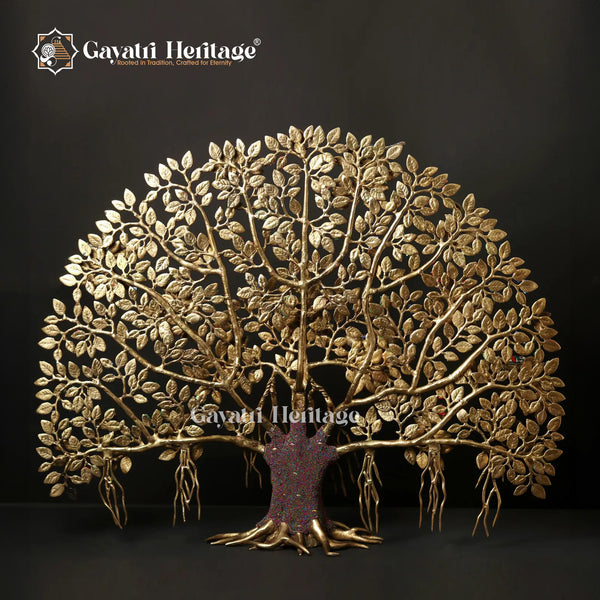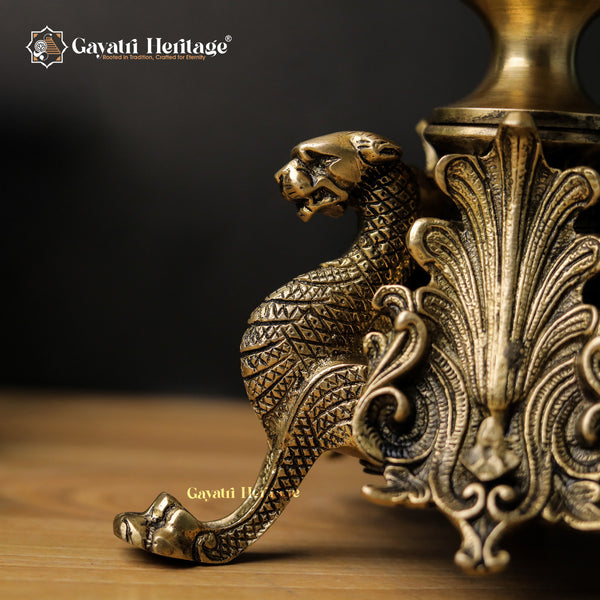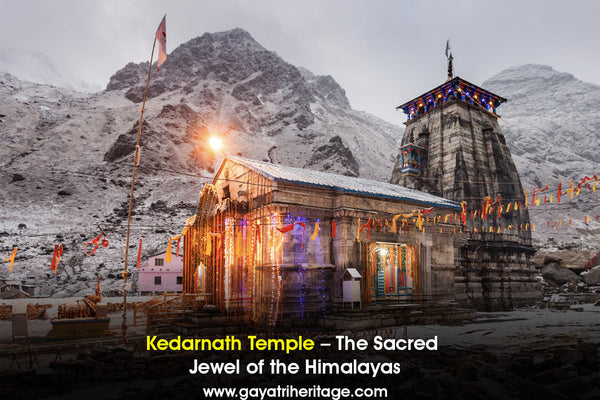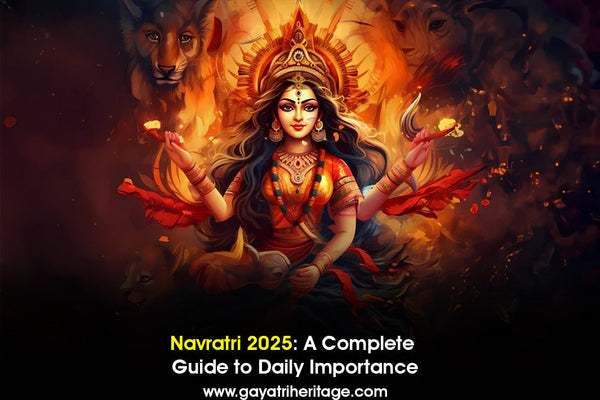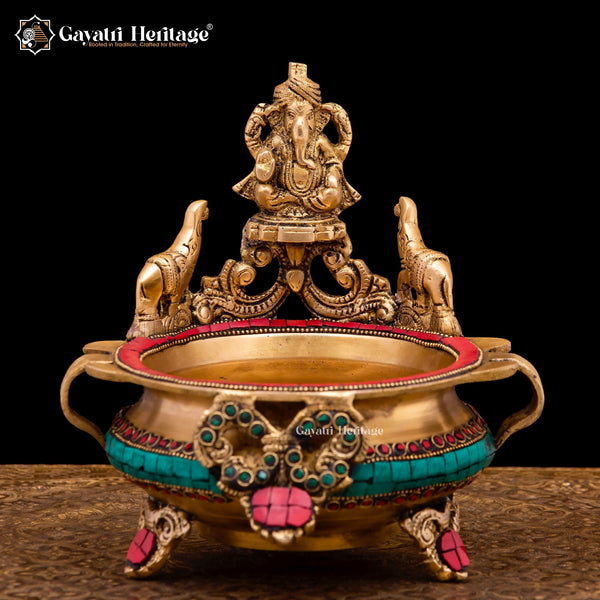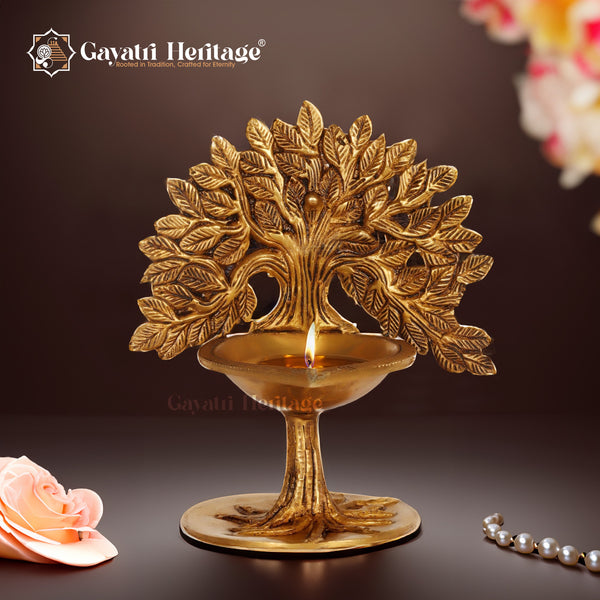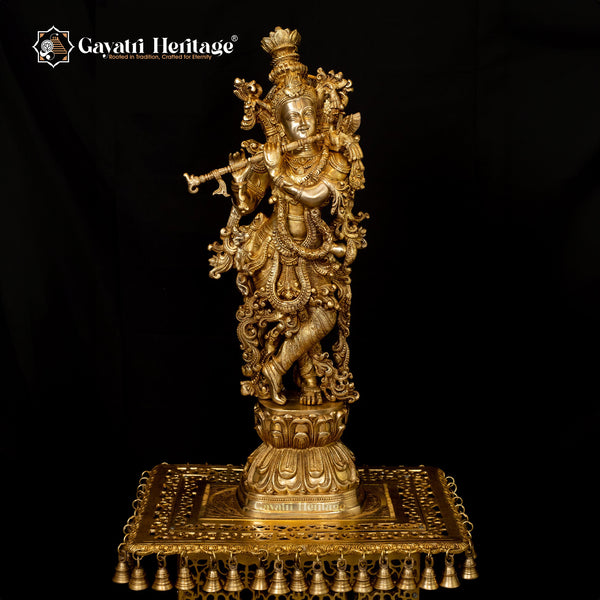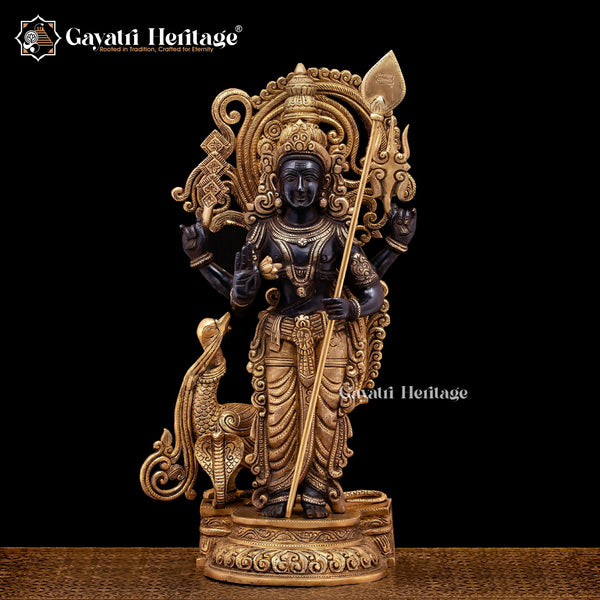Introduction
Angkor Wat, nestled in the heart of Cambodia, stands as a testament to the grandeur of Hindu architecture and devotion. Recognized as the largest Hindu temple in the world, this UNESCO World Heritage Site continues to captivate history enthusiasts, spiritual seekers, and travelers alike. Originally constructed as a Hindu temple dedicated to Lord Vishnu, Angkor Wat has since transitioned into a Buddhist site, embodying centuries of cultural and religious evolution.
History of Angkor Wat
Built during the reign of King Suryavarman II in the early 12th century, Angkor Wat was designed to serve as the king’s state temple and eventual mausoleum. The name “Angkor Wat” translates to “City of Temples” in the Khmer language, reflecting its monumental scale and architectural brilliance.
Constructed using sandstone blocks, the temple is surrounded by a vast moat, symbolizing the mythical Mount Meru—a sacred mountain in Hindu cosmology believed to be the axis of the universe. The intricate bas-reliefs and carvings depict stories from the Mahabharata, Ramayana, and other Hindu scriptures, showcasing the profound devotion of its creators.
Which God is Worshiped at Angkor Wat?
Angkor Wat was originally dedicated to Lord Vishnu, one of the principal deities in Hinduism known as the preserver of the universe. The central shrine of the temple houses an image of Vishnu, reflecting the Khmer Empire’s deep reverence for the deity. Over time, as Buddhism became more prominent in Cambodia, the temple’s focus shifted towards Buddhist practices, yet the legacy of Vishnu worship remains etched in its walls and corridors.
Beliefs and References in Hindu Scriptures
Angkor Wat finds symbolic connections in Hindu texts such as the Puranas and the Vedas. The temple’s architectural alignment with celestial bodies mirrors descriptions in the Vedic scriptures about constructing temples to harness cosmic energy. The depiction of Samudra Manthan (the churning of the ocean), carved on its walls, is a central story in the Bhagavata Purana, signifying the eternal battle between good and evil to achieve immortality.
The concept of Mount Meru as the cosmic axis, frequently mentioned in the Vedas and other sacred texts, is represented in the temple’s layout and design. Devotees believe that visiting such a site connects them to the divine, bringing spiritual enlightenment and blessings.
Why Visit Cambodia for Angkor Wat?
-
Cultural Heritage: Angkor Wat is a masterpiece of Khmer architecture and a living symbol of Cambodia’s rich cultural history.
-
Spiritual Experience: Whether you are a devotee or a history enthusiast, the temple offers a profound sense of connection to ancient spirituality.
-
Architectural Marvel: From its towering spires to its detailed bas-reliefs, Angkor Wat exemplifies unparalleled craftsmanship.
-
Natural Beauty: The surrounding landscape of lush greenery and tranquil moats adds to the temple’s serene ambiance.
Plan Your Visit
When planning a trip to Cambodia, Angkor Wat should undoubtedly be on your itinerary. The best time to visit is during the dry season (November to March), ensuring comfortable weather for exploring the temple complex. Consider hiring a local guide to fully appreciate the intricate details and stories that bring this ancient wonder to life.
Stay Connected with Gayatri Heritage
For more insights into Hindu temples, religious artifacts, and cultural stories, explore our exclusive collection of handcrafted brass and bronze statues inspired by India’s spiritual legacy. Visit our website at gayatriheritage.com to shop and learn more.
Gayatri Heritage – Rooted in Tradition, Crafted for Eternity






